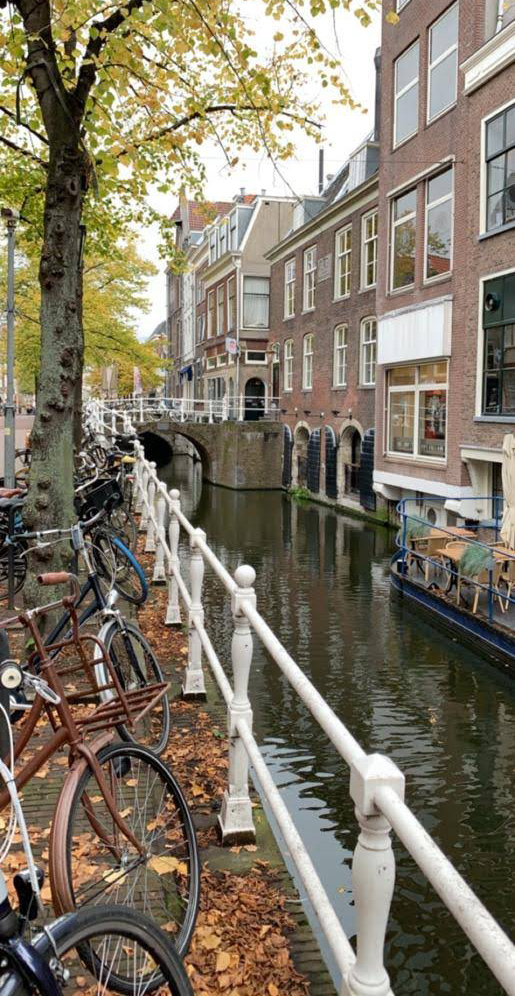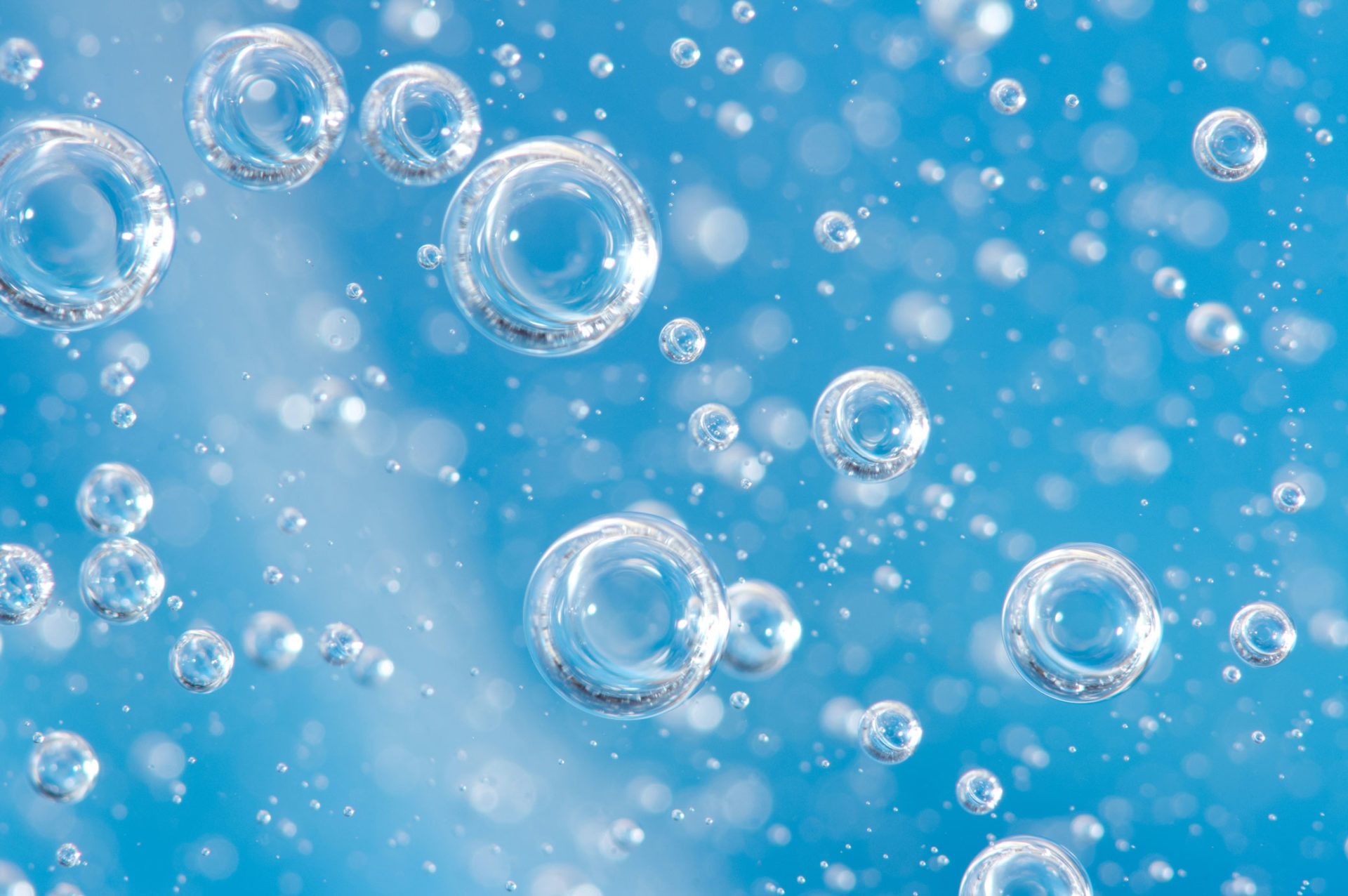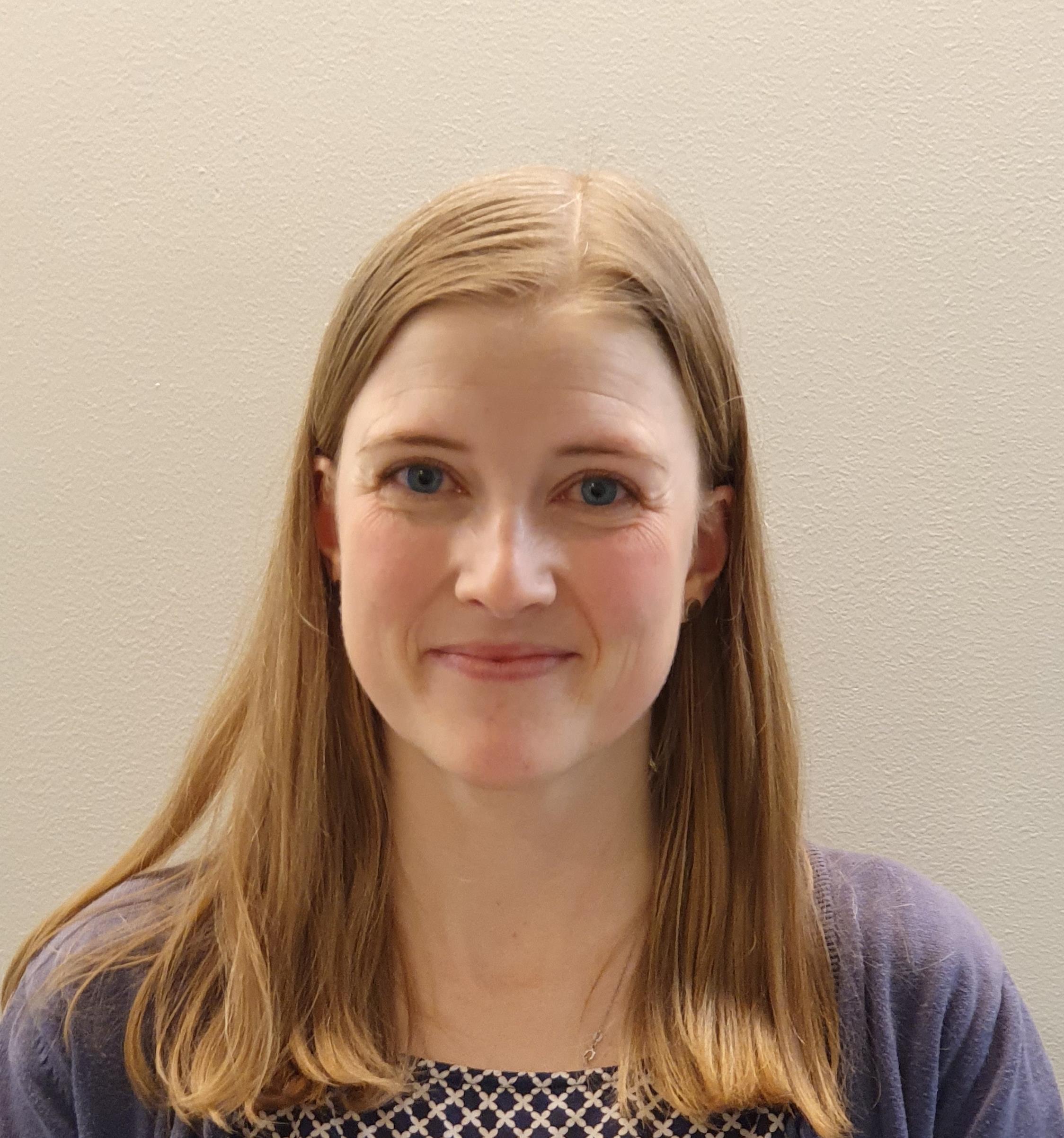Doing a PhD in the Norwegian CCS Research Centre (NCCS) has a lot of perks, among them the opportunities to collaborate and communicate with a lot of research institutions and industry partners nationally and internationally. So far, I have been allowed to learn a lot, not just about my own very specific research field (oxidative degradation in CO2 capture), but also about the whole CO2 capture and storage picture (CCS). If you’re interested in learning more about carbon capture and storage, this is a good introduction. (In Norwegian).
NCCS Mobility Fund allowed closer international collaboration

With the NCCS mobility funding program and because of a good tone and cooperation with our “task family”, I got to travel to Delft for a month. There I got to work with our partners at the biggest independent research institution in the Netherlands, TNO. When the darkness started approaching Trondheim, I got to travel south and enjoy more daylight and warmer weather for a month in the Netherlands. Well, to be honest, it rained for three weeks and I mostly spent the daylight hours in the lab, but that didn’t make my stay in Delft any less valuable!
Since I started my PhD two years ago, we have been working on similar topics separately at NTNU and TNO and have regularly met both physically and online to exchange knowledge, results, plans and opinions. Now though, I got to work side-by-side with TNO in the laboratory for a full month, investigating something we both have studied a lot, namely oxygen solubility and oxidative degradation in CO2 capture with chemical solvents.
Learn more about CCS
Join our newsletter to stay updated with all the latest research results and news from NCCS: The Norwegian CCS Research Centre.
What is oxidative degradation in CO2 capture?
The problem that we are trying to solve, is something that is important for both economy and environment. Oxidative degradation of the chemicals used for CO2 capture is very problematic and for the time being difficult to control. Imagine a bruised apple, which has turned brown because of oxidation. You can’t get your fresh red apple back and are left with the choice between eating a less tasty apple or buying a new one.
The concept is similar for carbon capture with chemical solvents; either you have a less efficient process, or you have to buy new solvent. We can even add another aspect to it; if the apple gone bad makes you sick you can compare that to the damage degraded solvents can cause on the equipment!
Since we know that oxygen plays a role in this process, we are trying to find out exactly what role this is, so we can find solutions to solve or avoid this problem. If we can, it could make the currently good technology even better and more robust.
My stay at TNO
TNO built a setup for studying oxygen solubility in different solutions, and as soon as I the “all clear” on my mobility funding, I packed my dissolved oxygen sensor and voyaged south. For a month we ran experiments day and night, making progress faster than we had done until then in our separate labs, when it comes to understanding the concept of oxygen presence and how fast oxygen is “eaten” or consumed by the chemical solution. The results from these experiments have already proven relevant both for the fundamental research as well as for the further development of oxygen removal techniques and has given both us at NTNU and TNO the taste for more close collaboration in the future.
Thank you for a month of valuable research and knowledge exchange TNO, and tank you Netherlands for the stroopwaffels! I’m sure this is not the last I’ve seen of the cute city of Delft, my new favourite chocolate café or TNO.
If you want to hear more about my research, you can read “Finding the perfect solvent to capture CO2“









Comments
No comments yet. Be the first to comment!